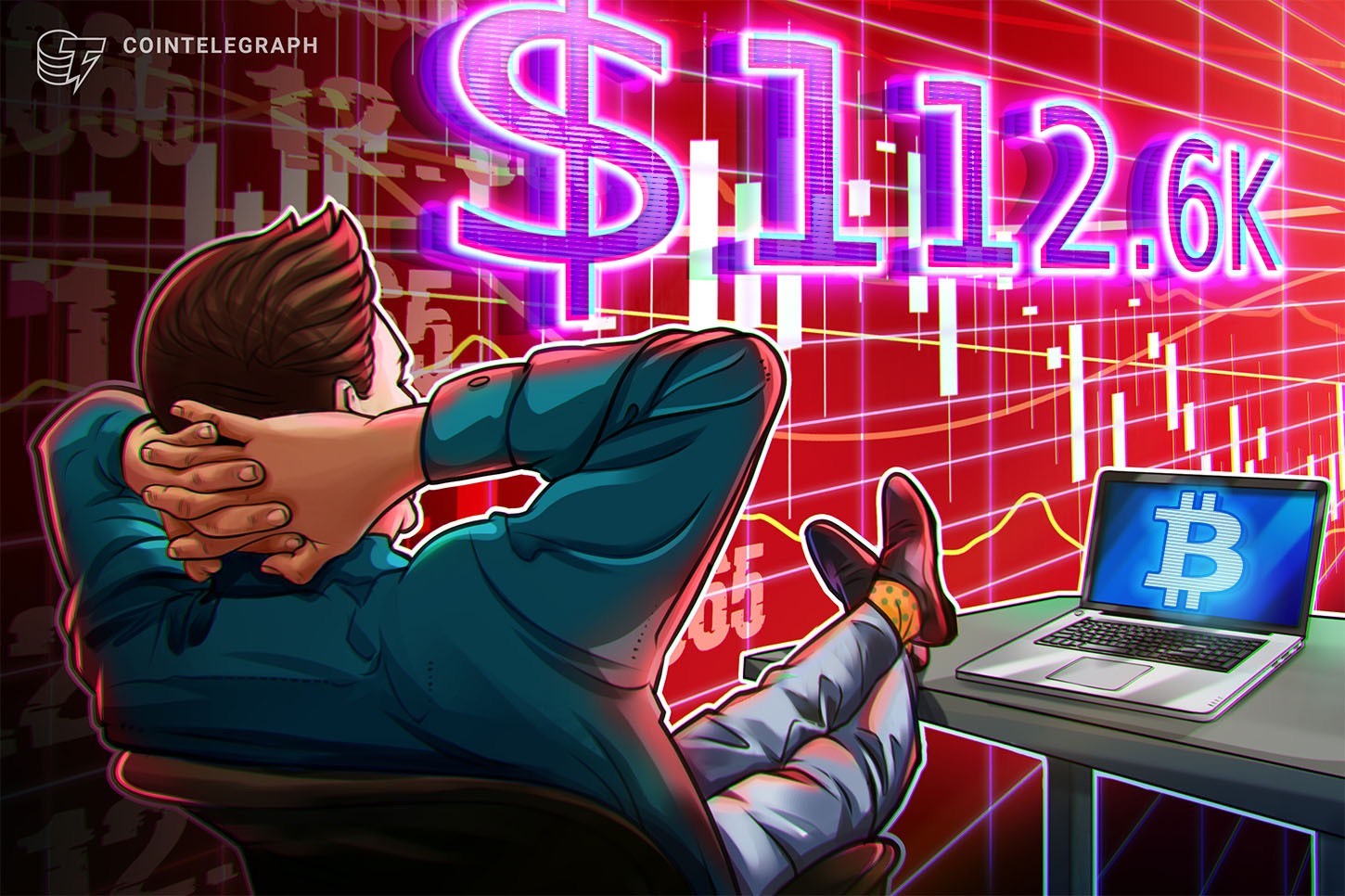Key takeaways:
Heightened Bitcoin put option premiums signal cautious trader sentiment.
US job openings near five-year lows, increasing recession fears and potential economic slowdown risks.
$518 million flowed into Bitcoin ETFs on Monday, while public companies keep accumulating, tightening available supply.
Bitcoin (BTC) pro traders remain uneasy about holding downside risks despite recent gains to $114,000, as derivatives markets show heightened fear. Traders are likely considering whether these metrics reflect broad concerns about global economic growth or fears specific to the cryptocurrency market.
The Bitcoin skew metric touched 5% on Tuesday but eventually returned to 8%, signaling a higher premium for put (sell) options. Under neutral conditions, BTC skew typically ranges between -6% and 6%. The failed attempt to reclaim $115,000 frustrated traders, particularly as gold maintained its bullish momentum, trading just 0.6% below Tuesday’s all-time high.
Gold has risen 16.7% over the past two months, while the US Dollar Index (DXY) has consistently struggled to reclaim the 98.5 level, reflecting weaker confidence in the US government’s fiscal situation. A weaker US dollar tends to slow consumption as imports become more expensive, while also reducing tax revenues from international earnings of US-listed companies.
Investors are growing concerned that the US economy may be at risk after job market data continued to show weakness. The US Bureau of Labor Statistics reported 7.23 million job openings in August, a level approaching the lowest in five years. “Federal unemployment insurance claims are about twice as high as they were last year,” economists at the Economic Policy Institute noted Tuesday.
The S&P 500 has shown remarkable resilience amid this uncertainty, as traders anticipate further interest rate cuts from the US Federal Reserve (Fed) and additional liquidity injections. Total assets on the Fed’s balance sheet stabilized in September after 30 consecutive months of decline, signaling a potential reversal that could support risk-on markets.
The lesser constraint in economic policies has a dual positive impact on companies, as it reduces the cost of capital and lowers investors’ returns on fixed-income instruments. Unlike Bitcoin, listed companies offer perspectives through dividends, buybacks and opportunities via mergers and acquisitions, thus not entirely dependent on employment levels or broader economic growth.
Bitcoin options put-to-call remain stable, showing no surge in bearish demand
Bitcoin traders are not necessarily bearish, despite whales and market makers being reluctant to take downside risks. It is useful to analyze the put-to-call metric to determine whether demand for neutral-to-bearish strategies has increased.
Premiums paid for put (sell) options have lagged behind call (buy) instruments on Deribit, indicating that neutral-to-bullish strategies have been more in demand. The sudden spike on Saturday is not representative, as the total premium paid that day was less than $13 million. Overall, the data show no signs of stress or a surge in demand for bearish positions.
The $518 million net inflows into Bitcoin spot exchange-traded funds (ETFs) on Monday provide clear evidence of demand for an independent hedge, not necessarily correlated with gold. Public companies such as Strategy (MSTR), MARA Holdings (MARA), and Metaplanet (MTPLF) continue to accumulate Bitcoin as a reserve strategy, potentially creating a supply shock.
Ultimately, the reduced appetite for downside risk exposure in Bitcoin options should be interpreted as a reflection of heightened broader macroeconomic concerns rather than bearish expectations.
This article is for general information purposes and is not intended to be and should not be taken as legal or investment advice. The views, thoughts, and opinions expressed here are the author’s alone and do not necessarily reflect or represent the views and opinions of Cointelegraph.


